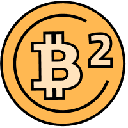-
 bitcoin
bitcoin $112139.774561 USD
-1.82% -
 ethereum
ethereum $3970.329568 USD
-3.85% -
 tether
tether $1.000078 USD
0.01% -
 xrp
xrp $2.611653 USD
-1.08% -
 bnb
bnb $1099.982737 USD
-3.67% -
 solana
solana $193.702075 USD
-3.33% -
 usd-coin
usd-coin $0.999832 USD
0.00% -
 dogecoin
dogecoin $0.193302 USD
-3.68% -
 tron
tron $0.294800 USD
-1.45% -
 cardano
cardano $0.642524 USD
-3.89% -
 hyperliquid
hyperliquid $47.524848 USD
1.27% -
 chainlink
chainlink $17.842256 USD
-2.41% -
 bitcoin-cash
bitcoin-cash $561.265025 USD
1.01% -
 stellar
stellar $0.317292 USD
-2.07% -
 ethena-usde
ethena-usde $0.999303 USD
0.01%
How to judge whether it is a short trap after falling below the 60-day moving average?
A short trap in crypto occurs when traders short based on bearish signals like a drop below the 60-day MA, only to face losses as the price reverses sharply.
Jun 17, 2025 at 01:15 am
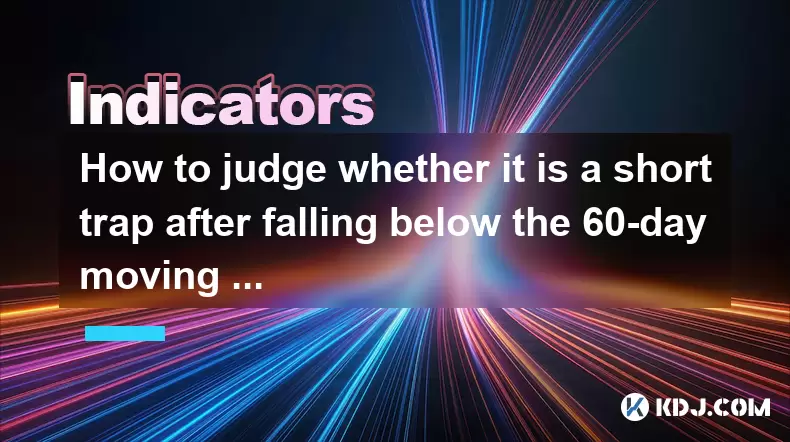
What Is a Short Trap in Cryptocurrency Trading?
In cryptocurrency trading, a short trap occurs when traders take short positions based on bearish signals, only for the price to reverse and rise sharply, leading to significant losses. A common scenario involves the price falling below the 60-day moving average, which many traders interpret as a signal to go short. However, if the market quickly reverses after this drop, those who entered short positions face rapid liquidation. Identifying whether such a situation is a genuine bearish trend or a trap requires careful analysis of volume, momentum indicators, and broader market sentiment.
Understanding the 60-Day Moving Average
The 60-day moving average is a widely used technical indicator that smooths out price volatility by averaging the closing prices over the last 60 days. Traders often rely on it to identify long-term trends. When the price drops below this level, it may signal weakening demand and the potential start of a downtrend. However, not every drop below the 60-day MA leads to a sustained decline. In some cases, the move is temporary and followed by a sharp bounce, catching short sellers off guard. Recognizing the difference between a legitimate breakdown and a false signal is crucial for avoiding traps.
Key Indicators That Signal a Potential Short Trap
One of the most important factors to consider when evaluating a drop below the 60-day moving average is the accompanying volume. If the price falls with unusually low volume, it may indicate a lack of conviction among sellers. This could suggest that the move is not driven by strong selling pressure but rather by short-term profit-taking or panic selling. Additionally, divergence between price action and momentum indicators like RSI (Relative Strength Index) or MACD (Moving Average Convergence Divergence) can offer early warnings. For example, if the price makes a new low but RSI fails to reach a new extreme, it may signal hidden bullish strength.
Another critical aspect is support levels. If the price drops just slightly below the 60-day moving average and finds immediate support from a prior consolidation zone or Fibonacci retracement level, it increases the likelihood of a quick reversal. Traders should also watch for bullish candlestick patterns forming near the 60-day MA, such as hammer candles or engulfing patterns, which can serve as early signs of a potential trap.
Behavioral Patterns That Suggest a Short Trap Scenario
Market psychology plays a major role in determining whether a price drop below the 60-day moving average will lead to a short trap. Often, large institutional players or whales manipulate the market by pushing the price just below key technical levels to trigger stop-loss orders from retail traders. This creates artificial selling pressure that doesn't reflect true supply and demand dynamics. Once these stops are executed, buying pressure resumes, and the price rebounds rapidly.
Additionally, excessive bearish sentiment across social media platforms and crypto news outlets can be a contrarian indicator. When fear dominates and nearly everyone expects further declines, it often signals that the majority have already sold their holdings, leaving little room for further downward movement. Monitoring tools like Google Trends, Bitcoin Fear & Greed Index, or social media sentiment analysis can help assess whether the market has reached an oversold condition, increasing the chances of a short trap.
How to Avoid Falling Into a Short Trap
Avoiding a short trap starts with cautious position sizing. Even if technical indicators suggest a bearish setup, entering a full short position immediately after a drop below the 60-day moving average can be risky. Instead, traders should consider scaling into shorts gradually, waiting for confirmation of a sustained downtrend before committing more capital. Setting tight stop-loss orders above recent swing highs can also help limit losses if the market reverses unexpectedly.
Traders should also pay attention to order book depth and liquidity levels. If the price drops through the 60-day moving average due to a sudden spike in sell orders but lacks real volume behind it, it could be a sign of spoofing or wash trading—both tactics used by manipulators to create fake bearish momentum. Monitoring futures funding rates and open interest can provide additional insights. A sudden spike in open interest without corresponding price movement suggests synthetic selling pressure, which may not be sustainable.
Frequently Asked Questions
1. Can a drop below the 60-day moving average ever be a reliable sell signal?Yes, in trending markets where the price consistently respects the 60-day moving average as a dynamic resistance level, a decisive break below it can signal a meaningful shift in trend. However, traders should always confirm with other indicators such as volume, support/resistance levels, and momentum oscillators before acting.
2. How does a short trap differ from a bear trap in crypto trading?A short trap specifically refers to situations where traders who bet on a price decline end up losing money due to a sudden reversal. A bear trap is a broader term that includes both short sellers and investors who expect further downside. While they describe similar phenomena, 'short trap' is typically used in active trading contexts involving leveraged positions.
3. Are certain cryptocurrencies more prone to short traps than others?Highly volatile and thinly traded altcoins tend to experience more frequent short traps due to lower liquidity and higher susceptibility to manipulation. Large-cap assets like Bitcoin and Ethereum are less prone to rapid traps, though they are not immune, especially during periods of heightened market stress or macroeconomic uncertainty.
4. What timeframes are best for identifying short traps after breaking below the 60-day MA?While the 60-day moving average is primarily a daily chart indicator, analyzing shorter timeframes like the 4-hour or 1-hour charts can provide better insight into immediate support levels and momentum shifts. Multi-timeframe analysis helps traders distinguish between temporary pullbacks and genuine trend reversals.
Disclaimer:info@kdj.com
The information provided is not trading advice. kdj.com does not assume any responsibility for any investments made based on the information provided in this article. Cryptocurrencies are highly volatile and it is highly recommended that you invest with caution after thorough research!
If you believe that the content used on this website infringes your copyright, please contact us immediately (info@kdj.com) and we will delete it promptly.
- Essex Post Office, 5p Coins, and King Charles: A Royal Mint Revelation!
- 2025-10-23 10:30:16
- Waymo's Newark Airport AV Tests: Alphabet's AI Gamble Pays Off?
- 2025-10-23 10:30:16
- King Charles 5p Coins: A Royal Flush in Your Pocket?
- 2025-10-23 10:35:18
- Solana, Crypto Advisory, and Forward Industries: A New York Minute on the Future of Finance
- 2025-10-23 08:51:22
- MAGACOIN: Ethereum Whales Dive into the Hottest Presale of 2025
- 2025-10-23 08:51:22
- Kadena's End of the Road? KDA Token Plummets Amid Project Abandonment
- 2025-10-23 08:55:34
Related knowledge
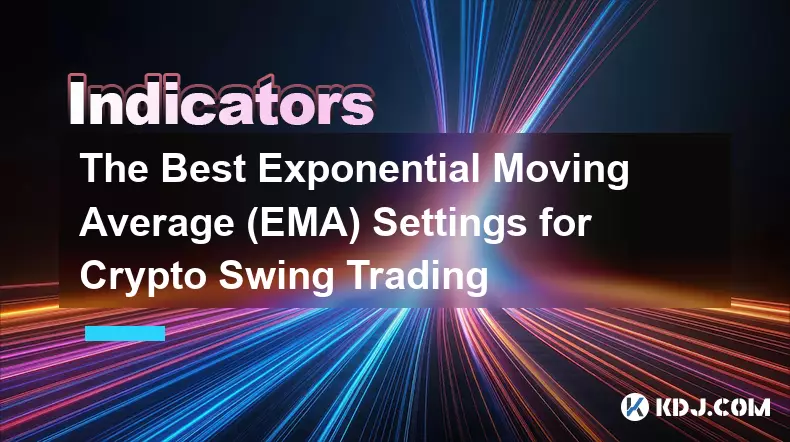
The Best Exponential Moving Average (EMA) Settings for Crypto Swing Trading
Oct 25,2025 at 04:55pm
The Best Exponential Moving Average (EMA) Settings for Crypto Swing TradingSwing trading in the cryptocurrency market relies heavily on identifying tr...
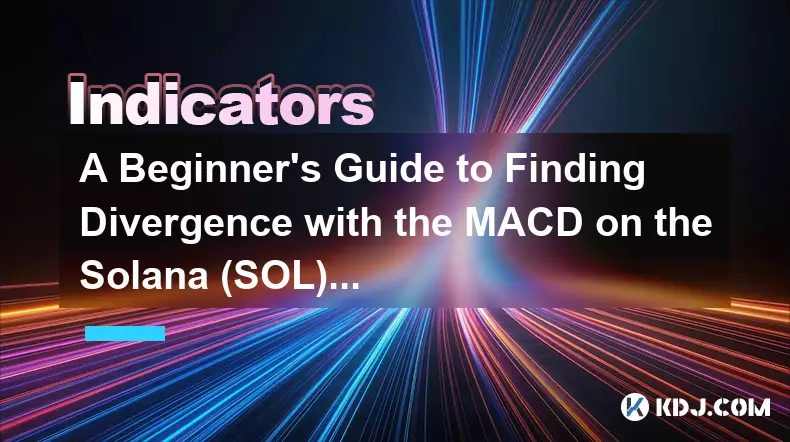
A Beginner's Guide to Finding Divergence with the MACD on the Solana (SOL) Chart
Oct 26,2025 at 12:36pm
Understanding MACD and Its Role in Solana Trading1. The Moving Average Convergence Divergence (MACD) is a momentum indicator widely used in cryptocurr...
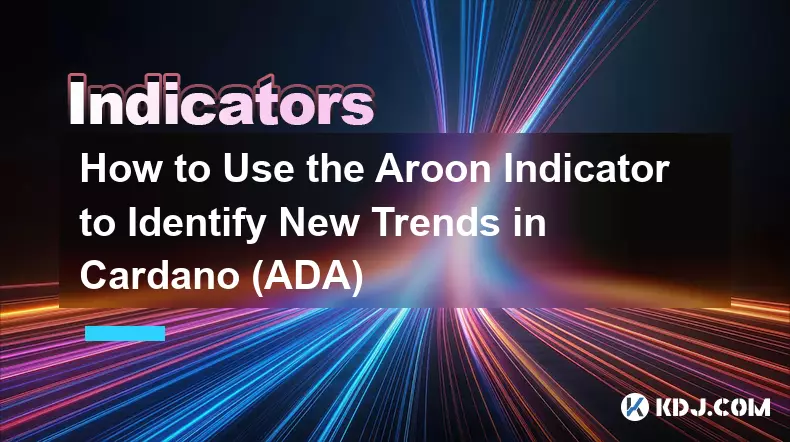
How to Use the Aroon Indicator to Identify New Trends in Cardano (ADA)
Oct 26,2025 at 10:18pm
Understanding the Aroon Indicator in Cryptocurrency Trading1. The Aroon indicator is a technical analysis tool designed to identify whether an asset i...
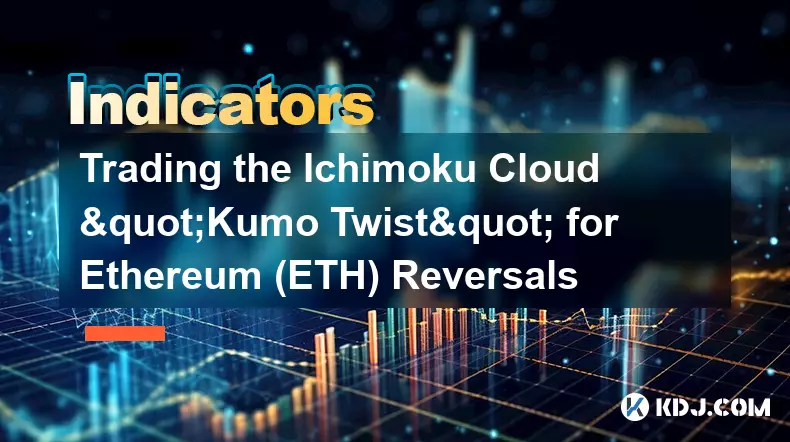
Trading the Ichimoku Cloud "Kumo Twist" for Ethereum (ETH) Reversals
Oct 27,2025 at 01:54am
Understanding the Ichimoku Cloud and Its Components1. The Ichimoku Cloud, also known as Ichimoku Kinko Hyo, is a comprehensive technical analysis tool...

How to Use the Chaikin Money Flow (CMF) to Spot Accumulation in Altcoins
Oct 25,2025 at 08:18pm
Understanding Chaikin Money Flow in the Context of Altcoin Markets1. The Chaikin Money Flow (CMF) is a technical indicator developed by Marc Chaikin t...

How to Trade with the Keltner Channel Indicator on the Ethereum (ETH) Chart
Oct 28,2025 at 08:54am
Understanding the Keltner Channel in Ethereum Trading1. The Keltner Channel is a volatility-based technical indicator that consists of three lines: an...

The Best Exponential Moving Average (EMA) Settings for Crypto Swing Trading
Oct 25,2025 at 04:55pm
The Best Exponential Moving Average (EMA) Settings for Crypto Swing TradingSwing trading in the cryptocurrency market relies heavily on identifying tr...

A Beginner's Guide to Finding Divergence with the MACD on the Solana (SOL) Chart
Oct 26,2025 at 12:36pm
Understanding MACD and Its Role in Solana Trading1. The Moving Average Convergence Divergence (MACD) is a momentum indicator widely used in cryptocurr...

How to Use the Aroon Indicator to Identify New Trends in Cardano (ADA)
Oct 26,2025 at 10:18pm
Understanding the Aroon Indicator in Cryptocurrency Trading1. The Aroon indicator is a technical analysis tool designed to identify whether an asset i...

Trading the Ichimoku Cloud "Kumo Twist" for Ethereum (ETH) Reversals
Oct 27,2025 at 01:54am
Understanding the Ichimoku Cloud and Its Components1. The Ichimoku Cloud, also known as Ichimoku Kinko Hyo, is a comprehensive technical analysis tool...

How to Use the Chaikin Money Flow (CMF) to Spot Accumulation in Altcoins
Oct 25,2025 at 08:18pm
Understanding Chaikin Money Flow in the Context of Altcoin Markets1. The Chaikin Money Flow (CMF) is a technical indicator developed by Marc Chaikin t...

How to Trade with the Keltner Channel Indicator on the Ethereum (ETH) Chart
Oct 28,2025 at 08:54am
Understanding the Keltner Channel in Ethereum Trading1. The Keltner Channel is a volatility-based technical indicator that consists of three lines: an...
See all articles






































































